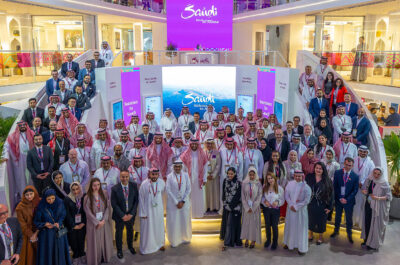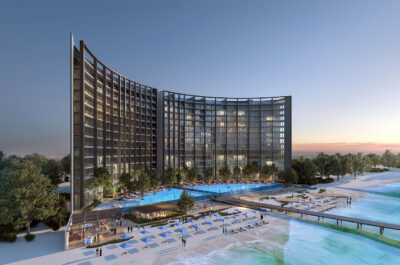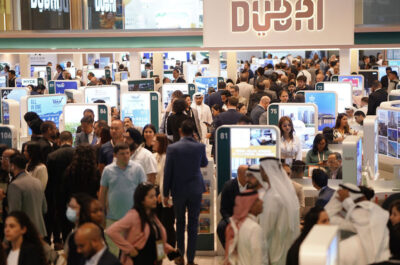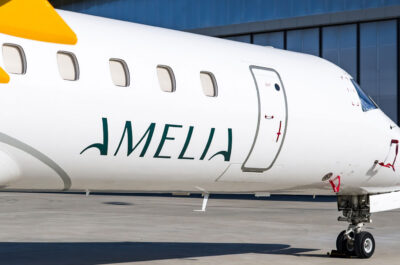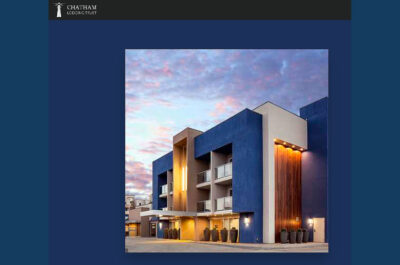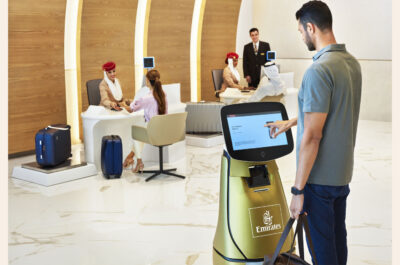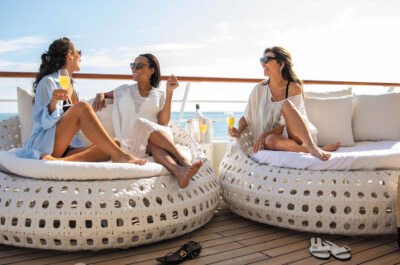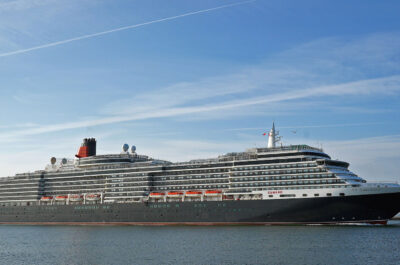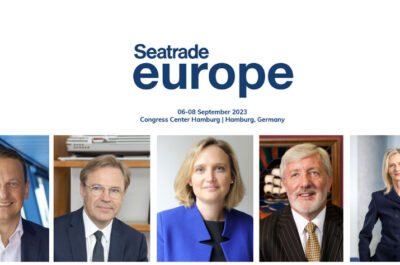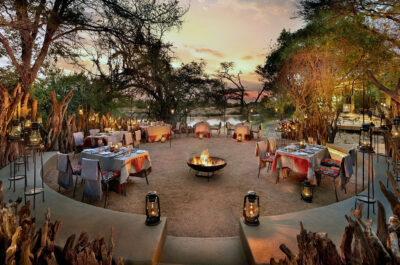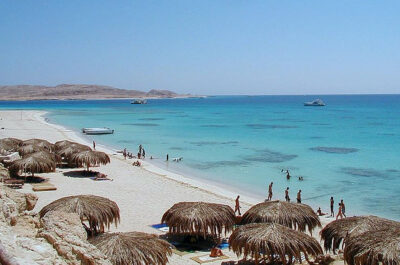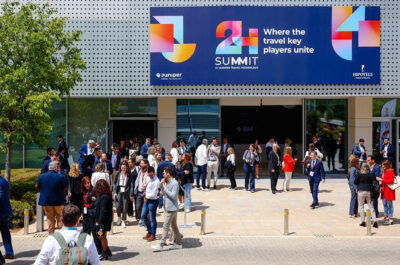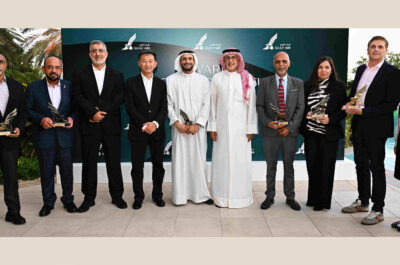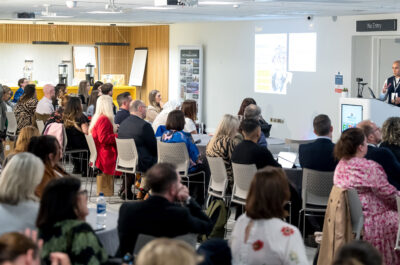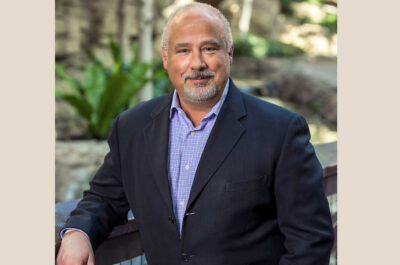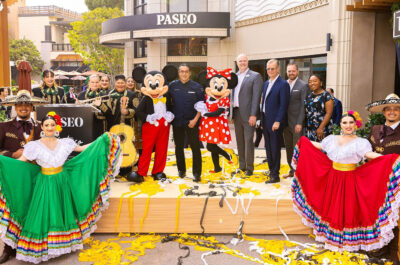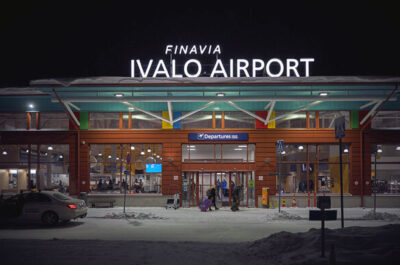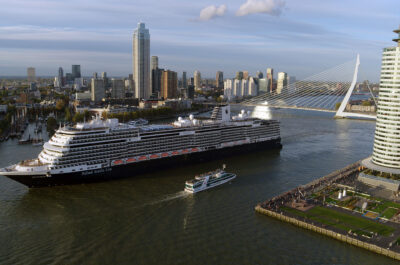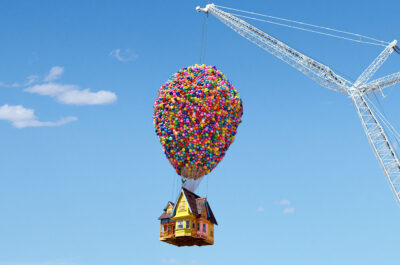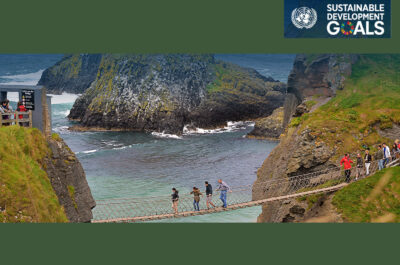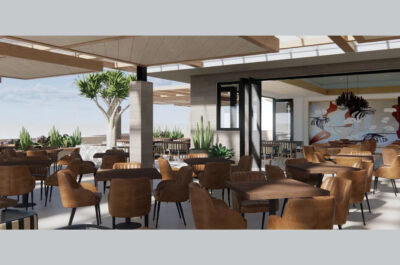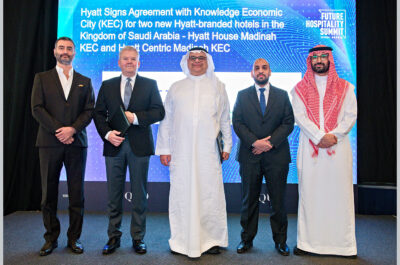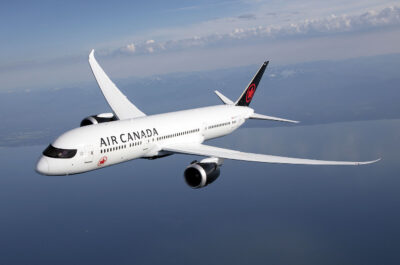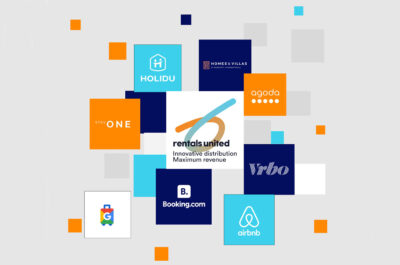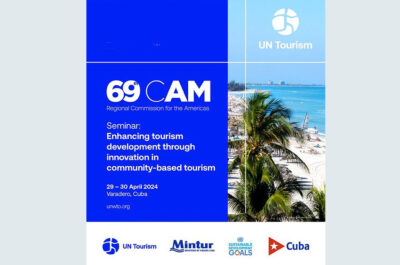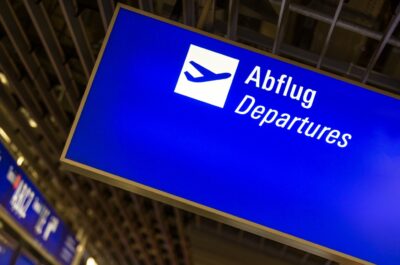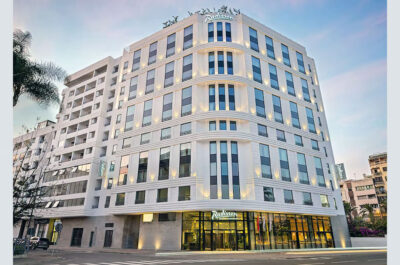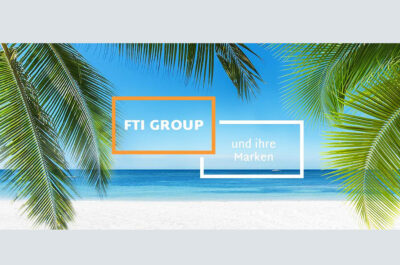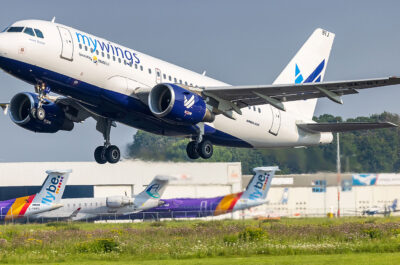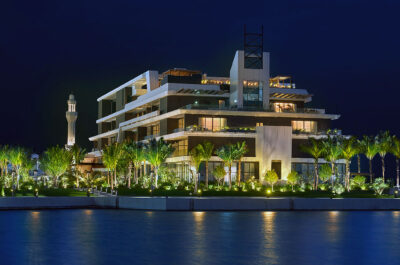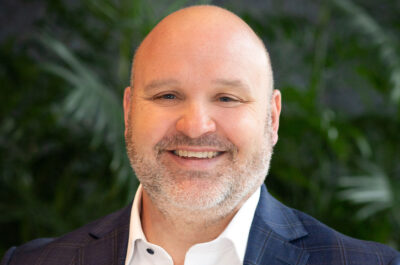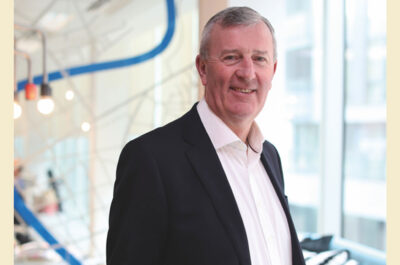"Green Cruising" will be a key topic on the agenda at Seatrade Europe in September this year.
HAMBURG – Clean air, clean water, clean beaches: An intact natural environment is a must for every cruise experience. This is why protection of the environment is high on the agenda of the industry. “Green Cruising” will be a featured topic at Seatrade Europe, the leading trade event of the European cruise and rivercruise industries, to be held from 24 to 26 September 2013 at the Hamburg Messe fair site.
“The cruise industry continues to devote considerable resources and has invested extensively to working with our ship designers and equipment manufacturers to develop and implement a wide range of new technologies that protect air and water quality and increase energy efficiency,” says Robert Ashdown, Secretary General of the Cruise Lines International Association (CLIA) Europe. Initiatives range from using reconditioned warm water to heat passenger cabins to using special, tinted window panes to cool down corridors, and to LED lighting that reduces electricity consumption by 80 per cent. After all, reducing energy consumption means cutting noxious emissions.
Energy consumption: The industry is changing course
TUI Cruises is a good example: A joint venture of German travel company TUI and US shipping company Royal Caribbean Cruises, TUI Cruises will soon take delivery of two new ships, “Mein Schiff 3” and “Mein Schiff 4”, from a Finnish shipyard. The two luxury liners, each designed for 2,500 passengers, are said to be the most environment-friendly cruise ships of this size ever built. “We expect energy consumption to be reduced by 30 per cent,” says Lucienne Damm, Environmental Manager, TUI Cruises. This will be achieved by means such as using waste heat from the main engines or installing a highly efficient air conditioning system on board that will use sea water for cooling when sailing in cooler sea regions. Furthermore, the ships will be equipped with an exhaust gas treatment system developed jointly with the ship engine builder Wärtsilä. The system combines various technologies, including a desulphurisation plant capable of removing up to 99 per cent of sulphur oxides from the exhaust gas and capturing 60 per cent of particles, and an SCR catalytic converter (Selective Catalytic Reduction) reducing nitrous oxide emissions by 75 per cent, a value the International Maritime Organization (IMO) does not require for newly-built ships until 2016. In terms of CO2 emissions cruise ships are clearly among the most energy-efficient means of transport available today. Compared with a passenger car, a cruise ship emits only about one-sixth the amount of CO2 per person and kilometre.
Hapag-Lloyd Kreuzfahrten is another company that invests in protecting the environment beyond what is required by the law. The company’s new luxury flagship, “Europa 2”, which took its maiden voyage from Hamburg to Lisbon in May, is the world’s first cruise ship equipped with SCR catalytic converters to minimise nitrous oxide emissions. Her optimised hull reduces fuel consumption by 18 per cent compared to “MS Europa”, built in 1999. “There is no legal requirement to implement these and other environmental measures. But we care. And because we care, the ship cost us EUR 20 million more,” says Henning Brauer, head of the Ship Newbuilding department at Hapag-Lloyd Kreuzfahrten.
The new IMO regulations requiring the use of low-sulphur fuels will take effect for European waters in 2020, and for the entire world in 2025. In EU ports and so-called Emission Control Areas or ECAs, including the North and Baltic Seas and the North American coastal waters, high-sulphur HFO has already been banned. In the North and Baltic Seas, only diesel fuel, which is less damaging to the environment, will be allowed as of 2015. Several ship-owning companies have begun retrofitting their fleets. AIDA Cruises, for example, wants to equip its new Club Ships with dual fuel systems enabling them to switch between diesel fuel and liquefied natural gas (LNG). Until an international LNG refuelling infrastructure has been established, ADIA will power these vessels using an LNG Hybrid Barge while in port. This barge is expected to be ready for deployment before the end of this year. It will allow the ships to power down their diesel generator sets to avoid emissions. ADIA competitor TUI Cruises has signed a Memorandum of Understanding for a similar cooperative development project intended to build an “e-power barge” powered by LNG.
gmec Cruise: Environmental conference of the cruise industry
Seatrade Europe paves the way to green technology for the cruise industry. The gmec Cruise conference session on 25 September will be dedicated to “Environmental Advances in Cruise Ship Technology”. This event is based on the global maritime environmental congress (gmec) Hamburg, a cross-sector, multinational conference on maritime environment protection held biennially in conjunction with SMM, the leading international maritime trade fair hamburg. Representatives of IMO and the EU Commission as well as experts from politics, the industry, science and environmental organisations will discuss innovative approaches to sustainability in shipping.
Tatiana is the news coordinator for TravelDailyNews Media Network (traveldailynews.gr, traveldailynews.com and traveldailynews.asia). Her role includes monitoring the hundreds of news sources of TravelDailyNews Media Network and skimming the most important according to our strategy.
She holds a Bachelor's degree in Communication & Mass Media from Panteion University of Political & Social Studies of Athens and she has been editor and editor-in-chief in various economic magazines and newspapers.
